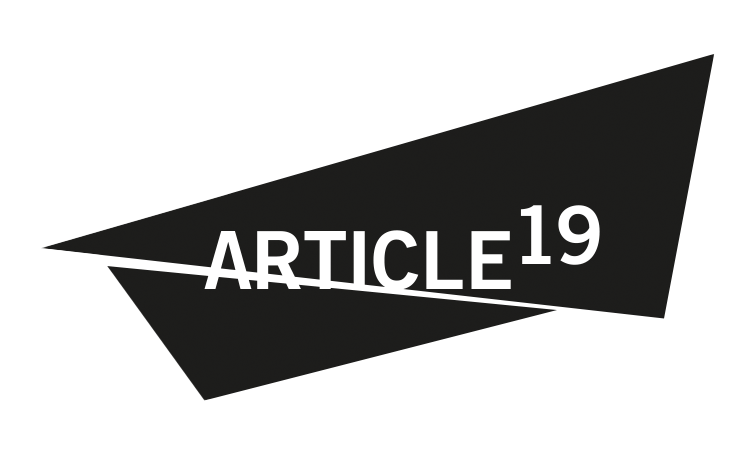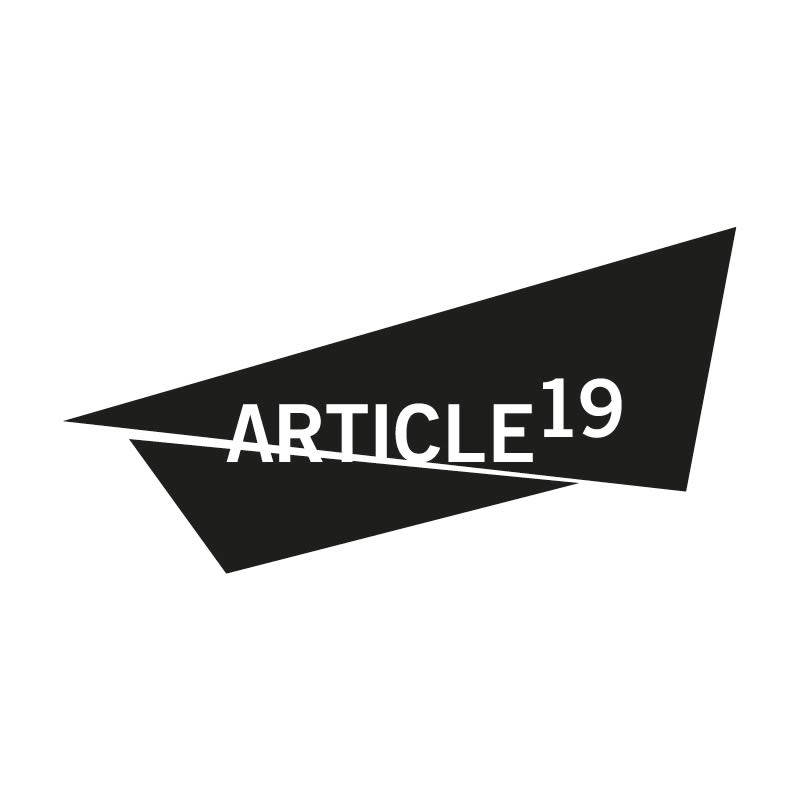Defending expression since 1987

‘Everyone has the right to freedom of opinion and expression; this right includes freedom to hold opinions without interference and to seek, receive and impart information and ideas through any media and regardless of frontiers.’
1980s
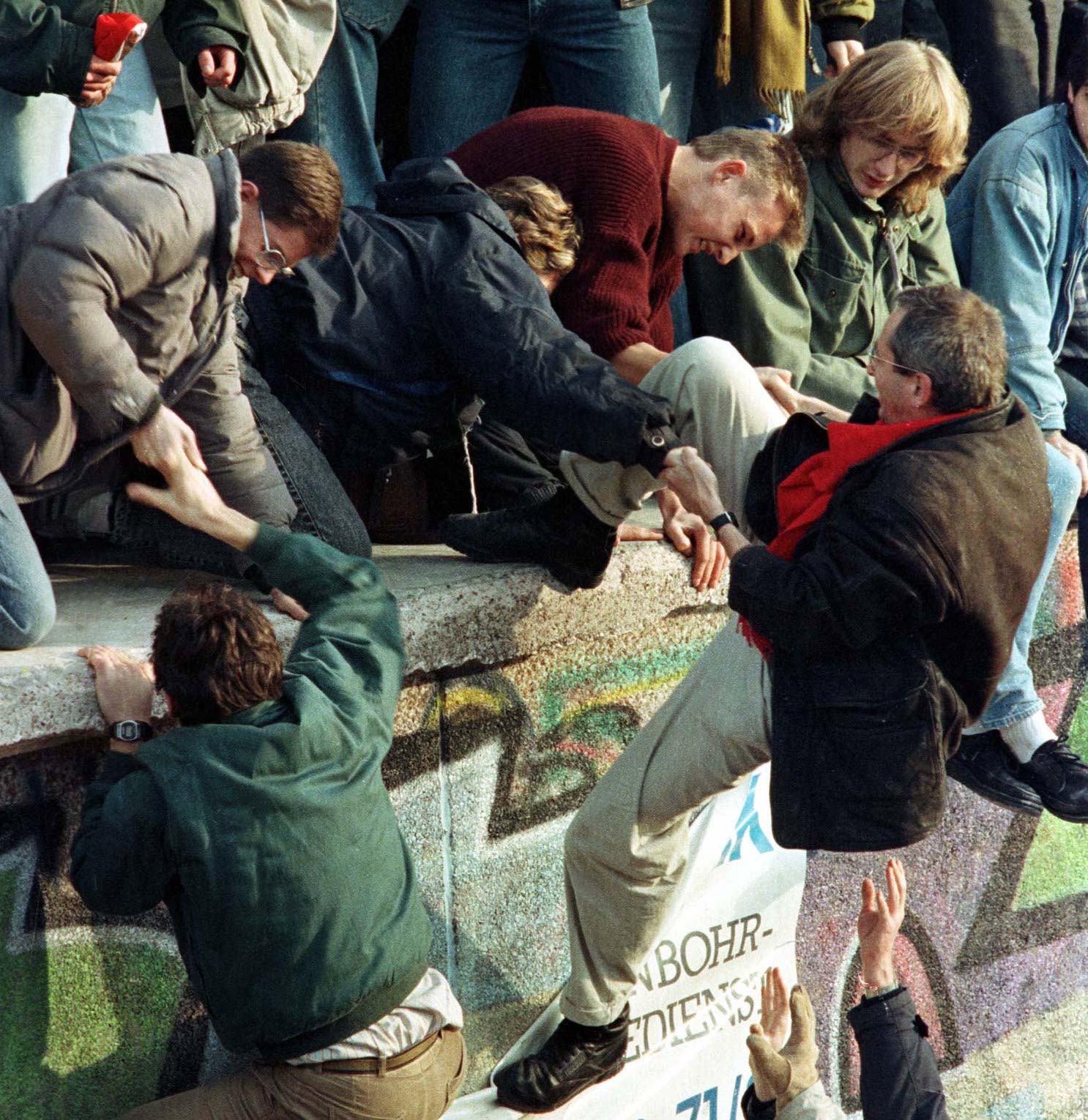
1987 | ARTICLE 19 is founded
Born from the collective vision of J Roderick MacArthur, Aryeh Neier, and Martin Ennals, ARTICLE 19 was created:
‘to document censorship, to defeat the censors, and to help the censored’.
The organisation, named after Article 19 of the Universal Declaration of Human Rights, was registered in London in February 1987.
Its first Executive Director was Kevin Boyle: an internationally renowned human rights activist, barrister, and academic from Northern Ireland.
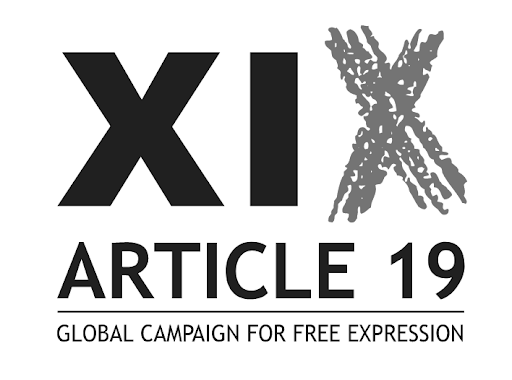
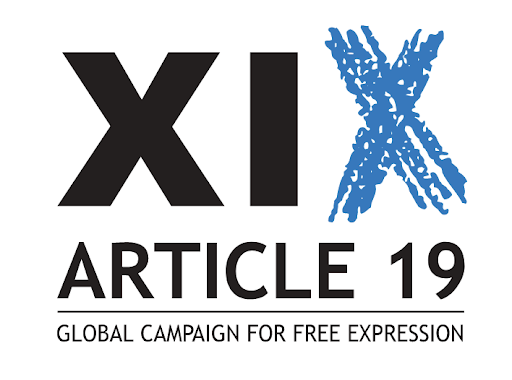
1989 | Our first campaigns
February 1989 | Defending Salman Rushdie
On 14 February, Iranian leader Ayatollah Khomeini issued a fatwa condemning Rushdie to death for alleged blasphemy in his novel The Satanic Verses.
ARTICLE 19 formed the International Committee for the Defence of Salman Rushdie to campaign for the author’s protection.
One of our first campaign actions was to coordinate a World Statement supporting Rushdie's right to publish ‘free from censorship, intimidation and violence’.
The statement appeared in publications across the world, and was signed by more than 12,000 people, including Chinua Achebe, Margaret Atwood, Samuel Beckett, Noam Chomsky, J.M. Coetzee, Joan Didion, Carlos Fuentes, Seamus Heaney, Nawal El Saadawi, Shūsaku Endō, Fadia Faqir, Milan Kundera, Harold Pinter, Ernesto Sabato, and Kurt Vonnegut.
And when Rushdie officially came out of hiding nearly a decade later (25 September 1998), it was at an ARTICLE 19 press conference.
‘A book can irritate, bother, cause pain ... but it cannot incite a person to commit murder, to condemn the writer to death. This is intolerable’
October 1989 | Zwelakhe Sisulu released after ARTICLE 19 campaign
Zwelakhe Sisulu was a South African anti-apartheid journalist, editor of the black-run newspaper New Nation, and member of ARTICLE 19’s Board.
A month after his election to our Board, the South African apartheid government detained him without trial.
Following ARTICLE 19’s first campaign, Sisulu was finally released in October 1989.
Zwelakhe Sisulu making a speech at a celebration of a previous prison release, Durban, South Africa, 1986. (Video: ITN/Getty)
Zwelakhe Sisulu making a speech at a celebration of a previous prison release, Durban, South Africa, 1986. (Video: ITN/Getty)
‘ARTICLE 19 is an organisation that for many has made the difference between life and death … Thank you for what you did for me and hundreds of my countrymen. Without your help I would probably not be standing here in front of you today.’
1990s
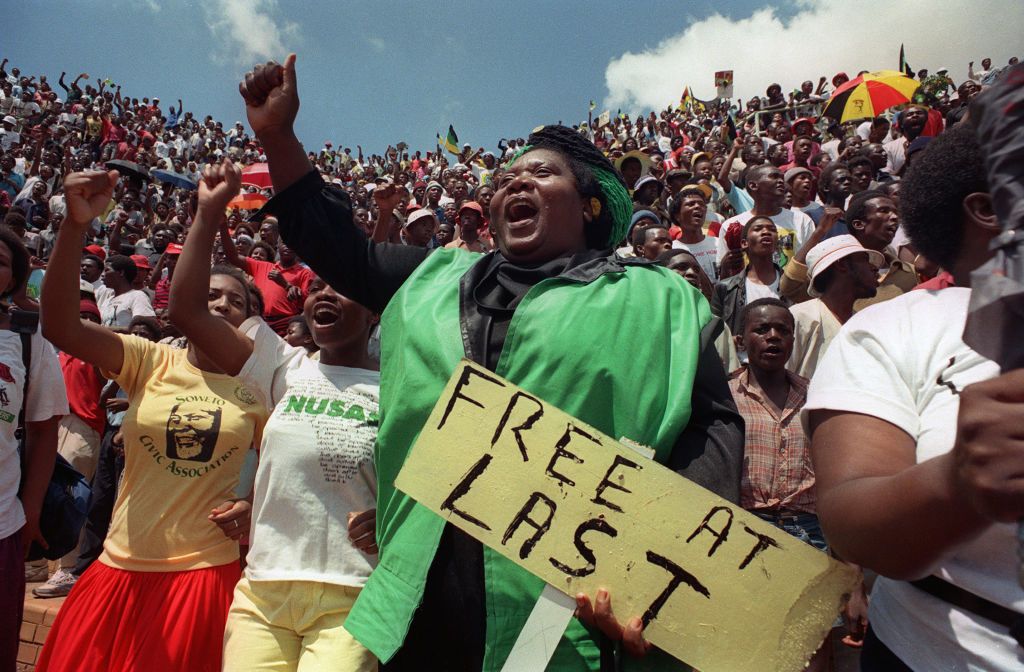
1990–95 |
The profound challenges of censorship
invisible line?!
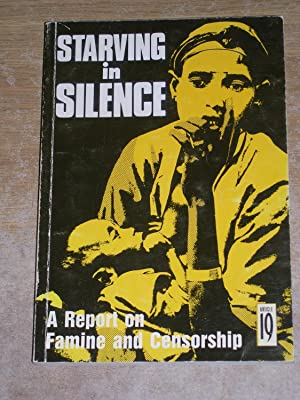
1990 | Famine
Starving in Silence: A Report on Famine and Censorship is one of the first ever reports to show that famine can be a direct consequence of censorship.
Based on two case studies – China's famine of 1959–61 and the famines in the Horn of Africa in the 1980s – the report addressed censorship’s role in both causing famine and delaying relief from hunger.
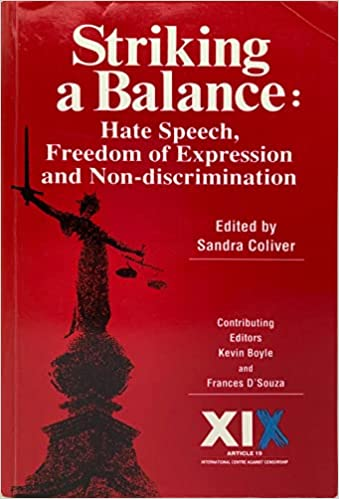
1992 | Hate speech
Striking a Balance: Hate Speech, Freedom of Expression, and Non-Discrimination was the result of consultation with more than 30 international experts.
It delved into the complex balance between the right to freedom of expression and the right to equality, and analysed the use and misuse of hate speech legislation around the world.
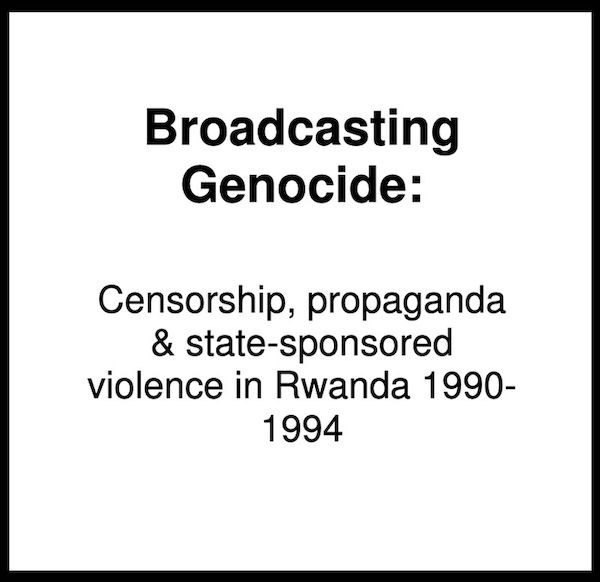
1994 | Genocide
Following the Hutu-sponsored ethnic genocide of over 800,000 Tutsi people, ARTICLE 19 published Broadcasting Genocide: Censorship, Propaganda and State-Sponsored Violence in Rwanda, 1990–1994.
The report explored the role of censorship and propaganda in the genocide.
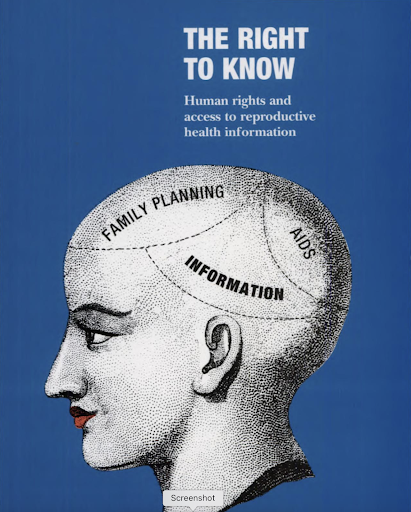
1995 | Sexual health
The Right to Know: Human Rights and Access to Reproductive Health Information showed how governments censored and withheld lifesaving information on abortion, contraception, and AIDS.
This groundbreaking book has been widely referenced and illustrates how access to information is at the heart of improving public health.
1993–89 | Progress at intergovernmental bodies
1993 | New Special Rapporteur mandate
The Special Rapporteur on Freedom of Expression mandate was created at the UN, which ARTICLE 19 was instrumental in establishing.
1999 | First joint declaration
As the 20th century drew to a close, the four Special Rapporteurs on Freedom of Expression adopted their first annual joint declaration – assisted then, and every year since, by ARTICLE 19.
invisible line?!
1996–99
Setting the standards for freedom of expression worldwide
invisible line?!
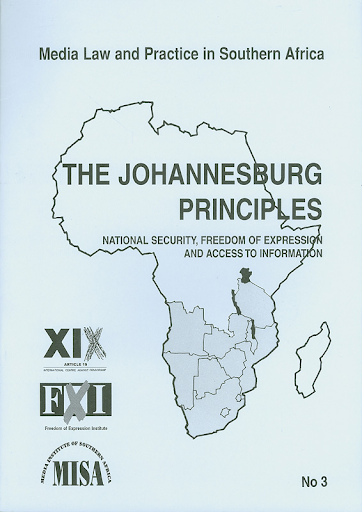
1996 | The Johannesburg Principles
With the University of the Witwatersrand, Johannesburg, ARTICLE 19 convened a group of experts to establish clear rules for getting the balance right between freedom of expression and national security. The Johannesburg Principles were the outcome of these discussions.
Endorsed by the UN Special Rapporteur on Freedom of Expression, recognised by the UN Commission on Human Rights, and widely cited in court cases, the principles are internationally regarded as the standard for protecting expression in the context of national security laws.
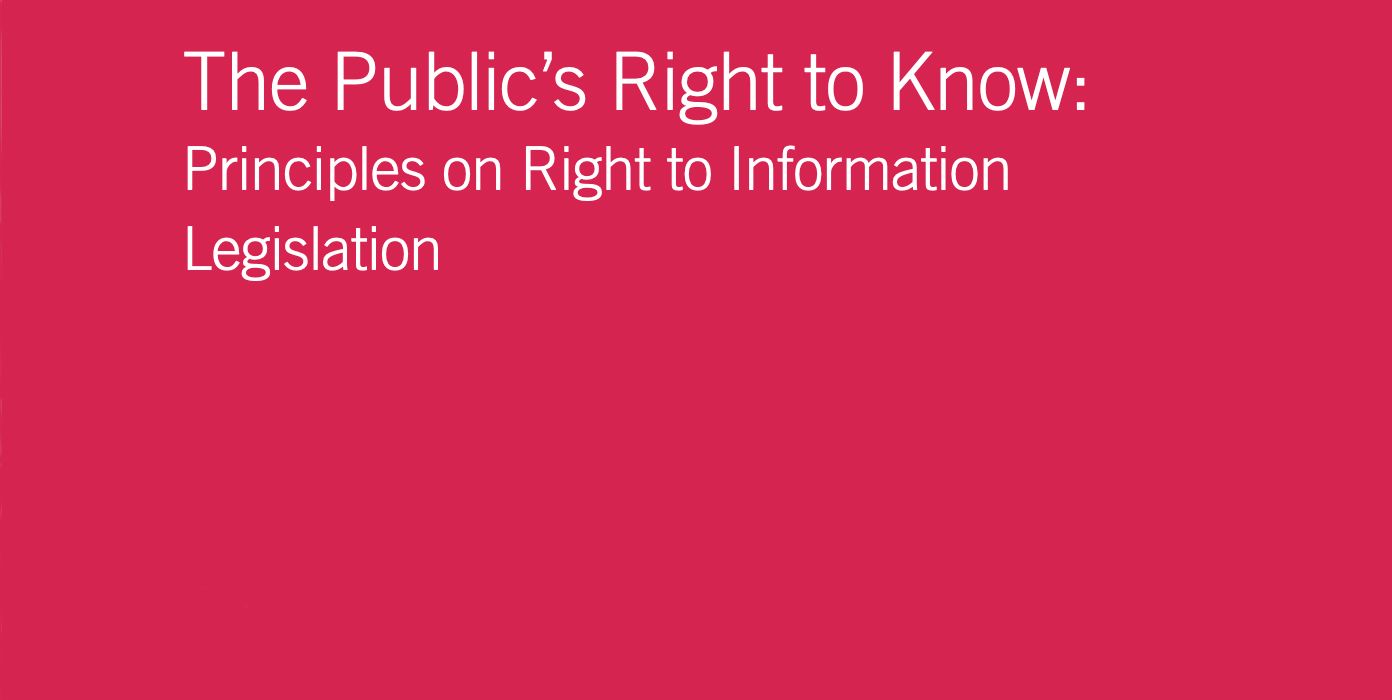
1999 | The Public’s Right to Know
ARTICLE 19 published The Public’s Right to Know: Principles on Freedom of Information Legislation, which set out best-practice standards for freedom of information laws.
The principles were endorsed by the UN Special Rapporteur on Freedom of Expression and referred to in a UN Human Rights Commission resolution in 2000.
Updated in 2016, they are now available in 10 languages.
2000s

2000–10 | ARTICLE 19’s recommendations adopted in laws worldwide
Throughout the 2000s, our recommendations on media bills and defamation practices were variously debated and adopted in Cambodia, Hong Kong, Fiji, Kenya, Moldova, Nepal, and South Sudan.
In Mexico, we successfully advocated for the federalisation of ‘crimes against freedom of expression’.
And our recommendations on access to information were adopted in Azerbaijan, Cambodia, Kelantan, Macedonia, Mongolia, Montenegro, Nagorny-Karabakh, and Nepal.
In fact, between 2000 and 2010, the number of countries with access to information laws increased by a whopping 218% – more than ever before (or since).
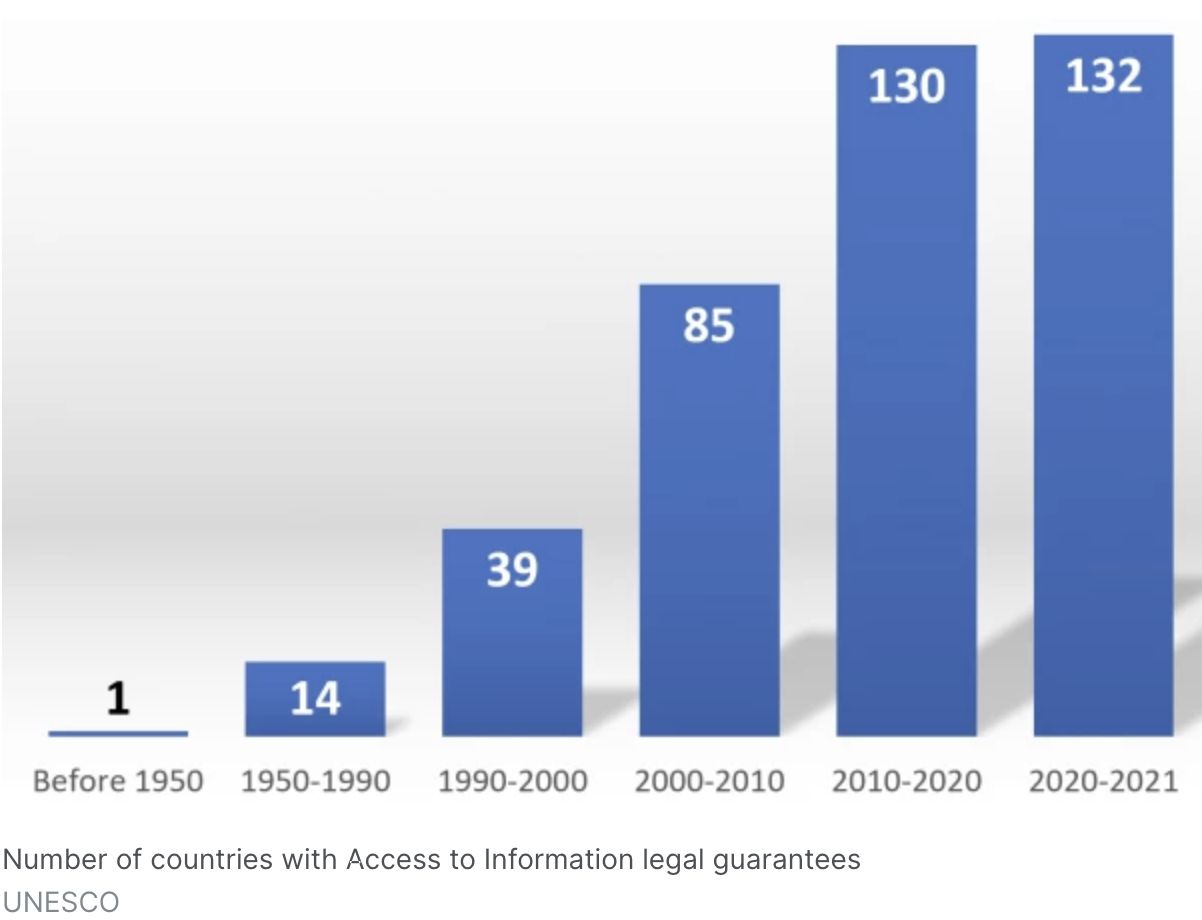
2000–10 | From global to local
In the 2000s, ARTICLE 19 undertook an extensive programme of regionalisation to better understand local realities and needs.
We opened offices in the Middle East...
Ukraine...
North, West, and East Africa...
New York City...
Latin America...
...and South Asia.
We also undertook our first programme work in China.
Our international office in London supported all our regional offices.
As a result of our expansion, between 2005 and 2008 our staff numbers more than doubled to 30.
But we've grown much bigger since...
2015–21
Our staff numbers grew from 85 to 176 (mostly in our regional offices), and the money we awarded to partners grew from £217,000 to £2.2 million.
2002–09
Raising the bar on broadcasting, equality, and the climate
invisible line?!
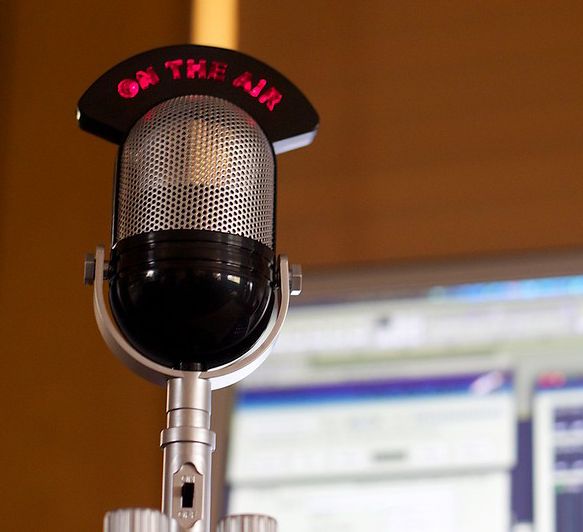
2002 | Access to the Airwaves
Access to the Airwaves: Principles on Freedom of Expression and Broadcast Regulation established how to promote and protect independent broadcasting that served the public interest.
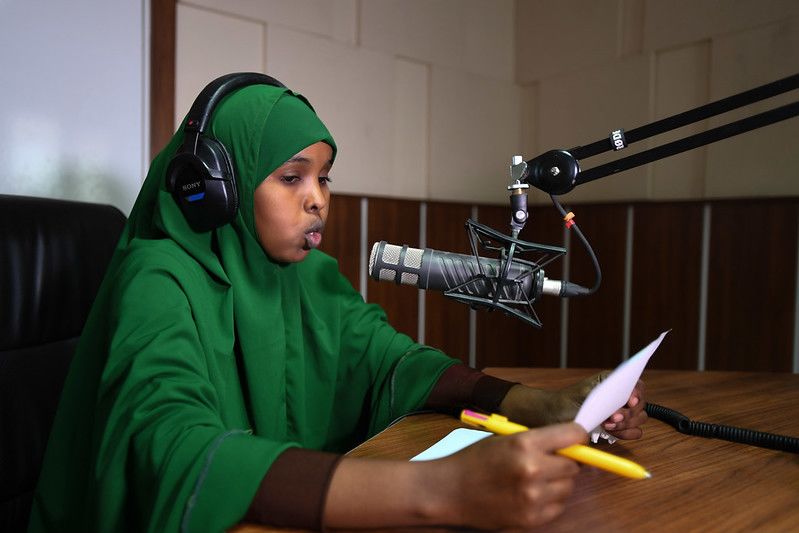
2005 | Model Broadcasting Law
Our Model Public Service Broadcasting Law translated Access to the Airwaves into legal form, and Ukraine’s parliament included many of our recommendations in its broadcasting bill.
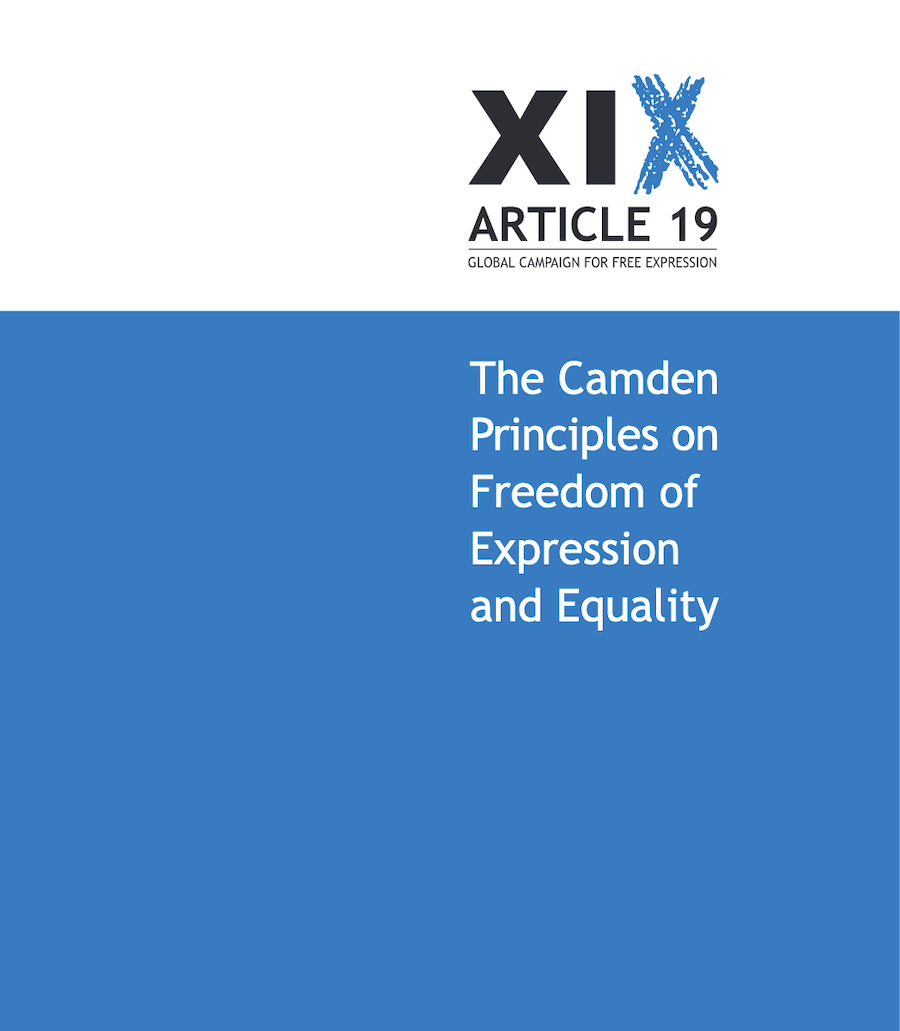
2009 | The Camden Principles
The Camden Principles on Freedom of Expression and Equality tackled issues like incitement to hatred, the right of response, and media responsibilities, respecting free expression and equality.
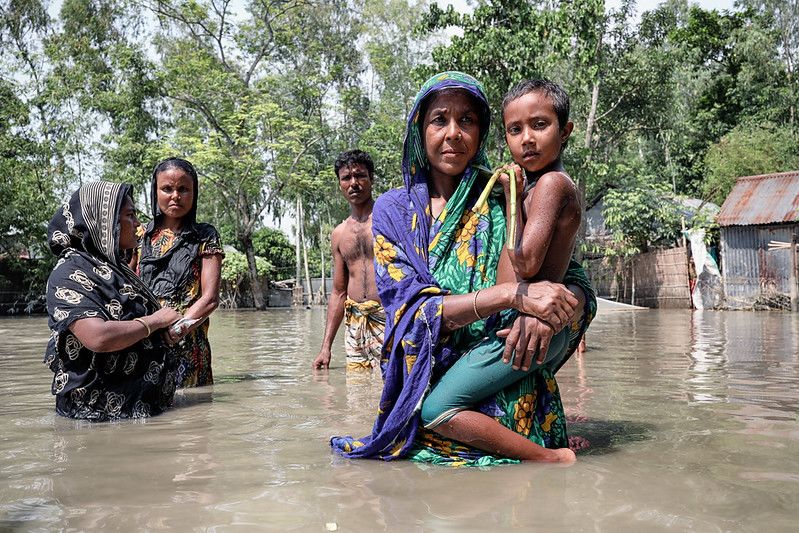
2009 | Changing the Climate
Changing the Climate for Freedom of Expression and Freedom of Information was published at COP15 in Copenhagen and showed how access to information is vital to tackling climate change.
2010s
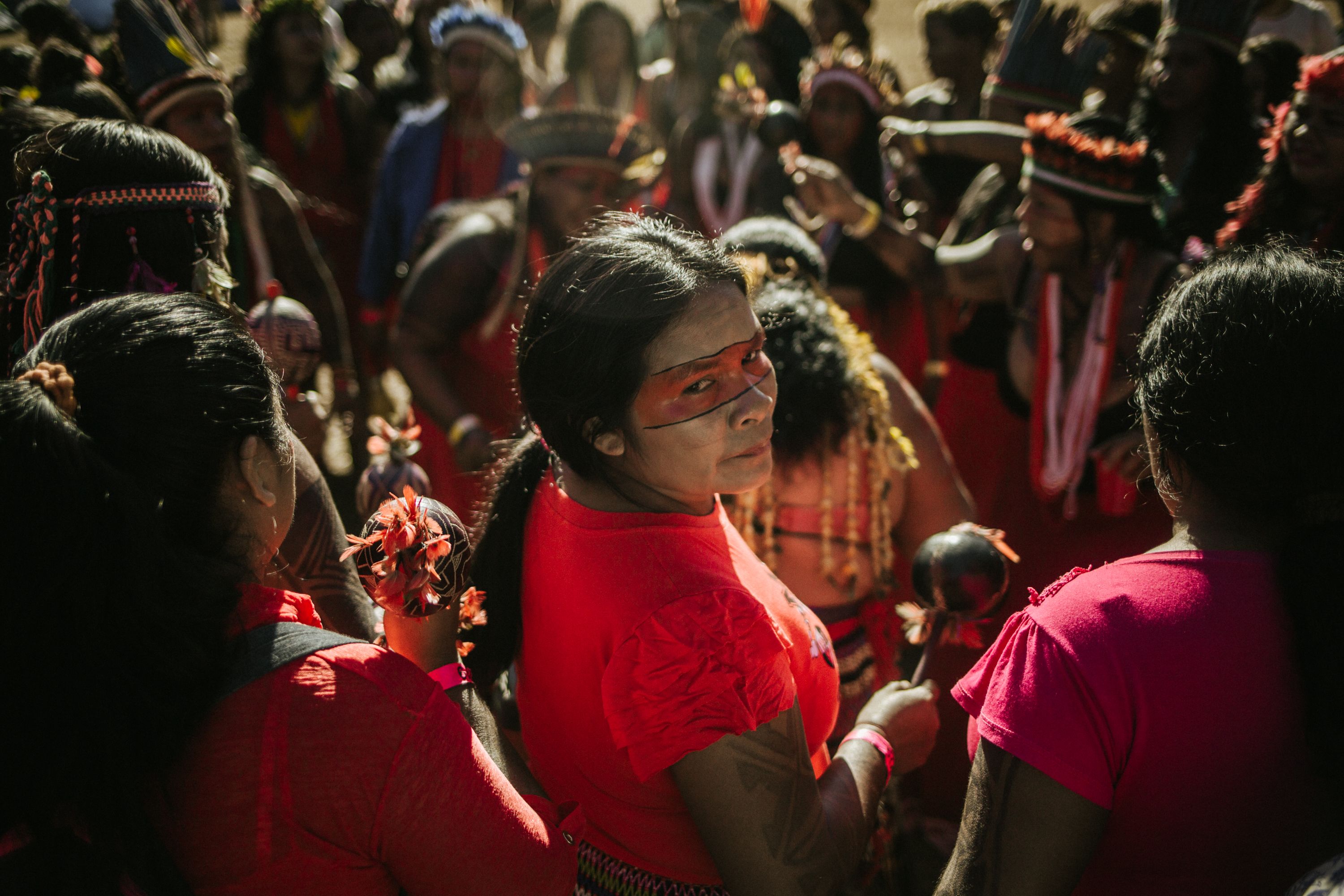
2010–17 | Defining defamation
2010 | Successful Guardian appeal
We contributed to The Guardian’s successful appeal against an Iraq court’s ruling that the paper had defamed Prime Minister Nouri al-Maliki by describing him as increasingly autocratic.
2017 | Revised defamation principles
We published our revised Defining Defamation: Principles on Freedom of Expression and Protection of Reputation. Originally published in 2010, the revisions reflected new digital challenges.
2017 | Successful petition in Kenya
Following an ARTICLE 19 petition, Kenya's High Court declared the offence of criminal defamation unconstitutional.
2011–17 | Supporting new futures – and learning from the past
2011 | Tunisia
After the Tunisian Revolution, ARTICLE 19 was the first organisation to collaborate with the country’s new regime.
We contributed to 3 new laws, including the Press Code and a broadcasting law, and established an independent media regulatory body.
2011 | Egypt
After the Arab Spring, we also worked to strengthen Egypt's nascent democracy, training journalists and supporting the development of free media.
2016 | Mexico
In Mexico we launched Memoria y Verdadrm (Memory and Truth), an online platform compiling information on past cases of grave human rights violations, with the aim of supporting the right to truth and a long-term transitional justice agenda in the country.
2017 | The Gambia
The Gambia ushered in a new democratic era after two decades of repressive rule.
ARTICLE 19 worked closely with the new government to ensure freedom of expression formed the keystone of the new democracy, and was involved in drafting the country's new constitution.
And we pressed for the investigation of human rghts abuses in the previous era.
2012–19 | Protecting expression to challenge hate
2012 | Prohibiting incitement
Two decades after our first publication on the subject, ARTICLE 19 published Prohibiting Incitement to Discrimination, Hostility or Violence, which showed how states could prohibit incitement to hatred while also protecting freedom of expression.
The policy proposed a 6-part test for determining whether speech constitutes incitement, which was included in the UN Rabat Plan of Action and endorsed by 87 UN member states.
2015 | Hate speech toolkit
In response to growing demands for guidance, we published Hate Speech Explained: A Toolkit, a guide to identifying and countering hate speech while protecting the rights to both freedom of expression and equality.
2016 | Education in Tunisia, Lebanon and Egypt
We worked with young people and teachers in Tunisia, Lebanon and Egypt to improve understandings of hate speech.
2019 | Youth projects in Asia Pacific
We launched youth projects in Malaysia and Myanmar on religious hate speech.
2019 | Challenging hate in Kyrgyzstan
Our #ChallengeHate campaign challenged criminal sanctions and incitement to hatred during the Kyrgyzstan elections.
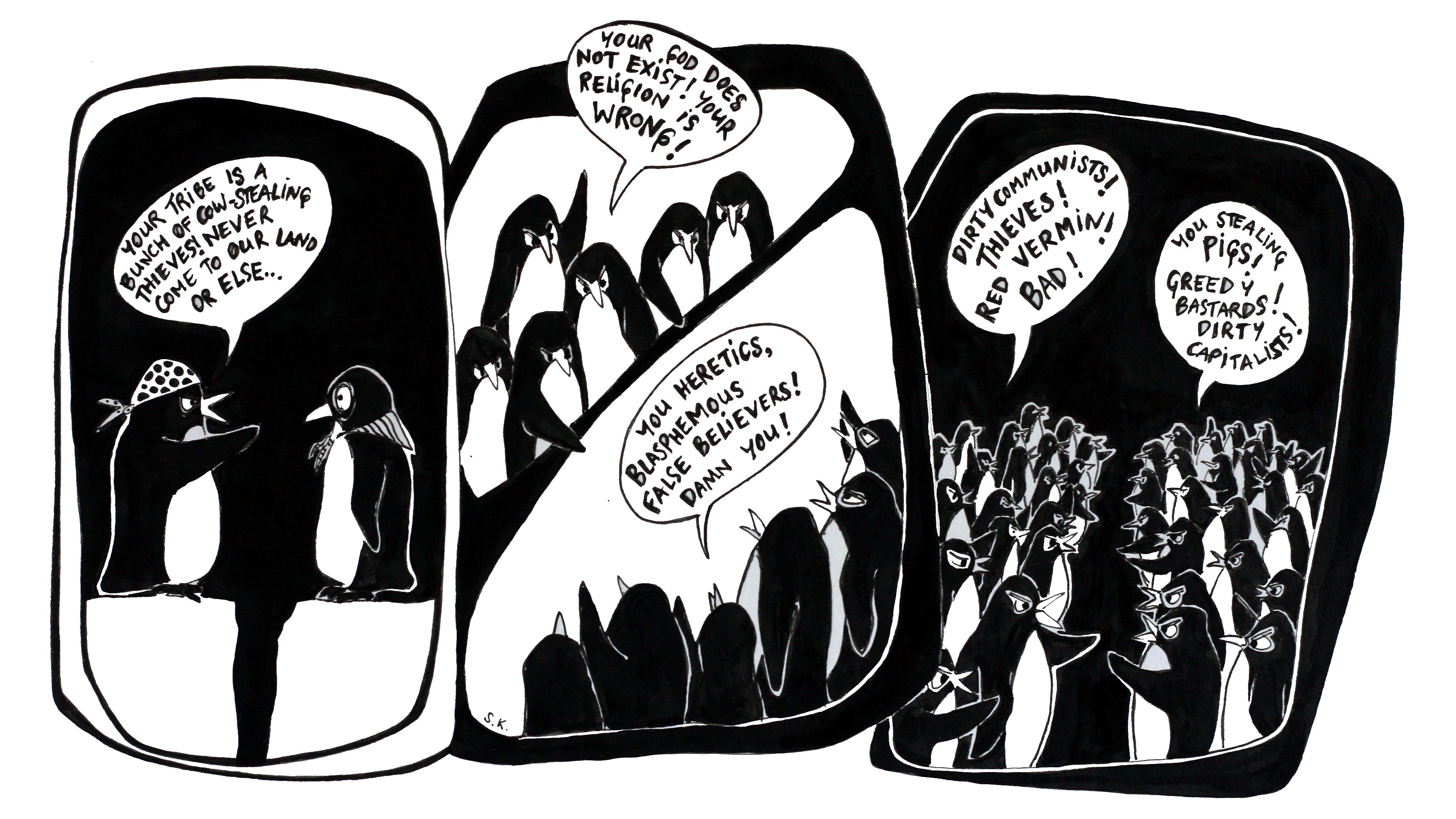
2015–16
Progress at the UN
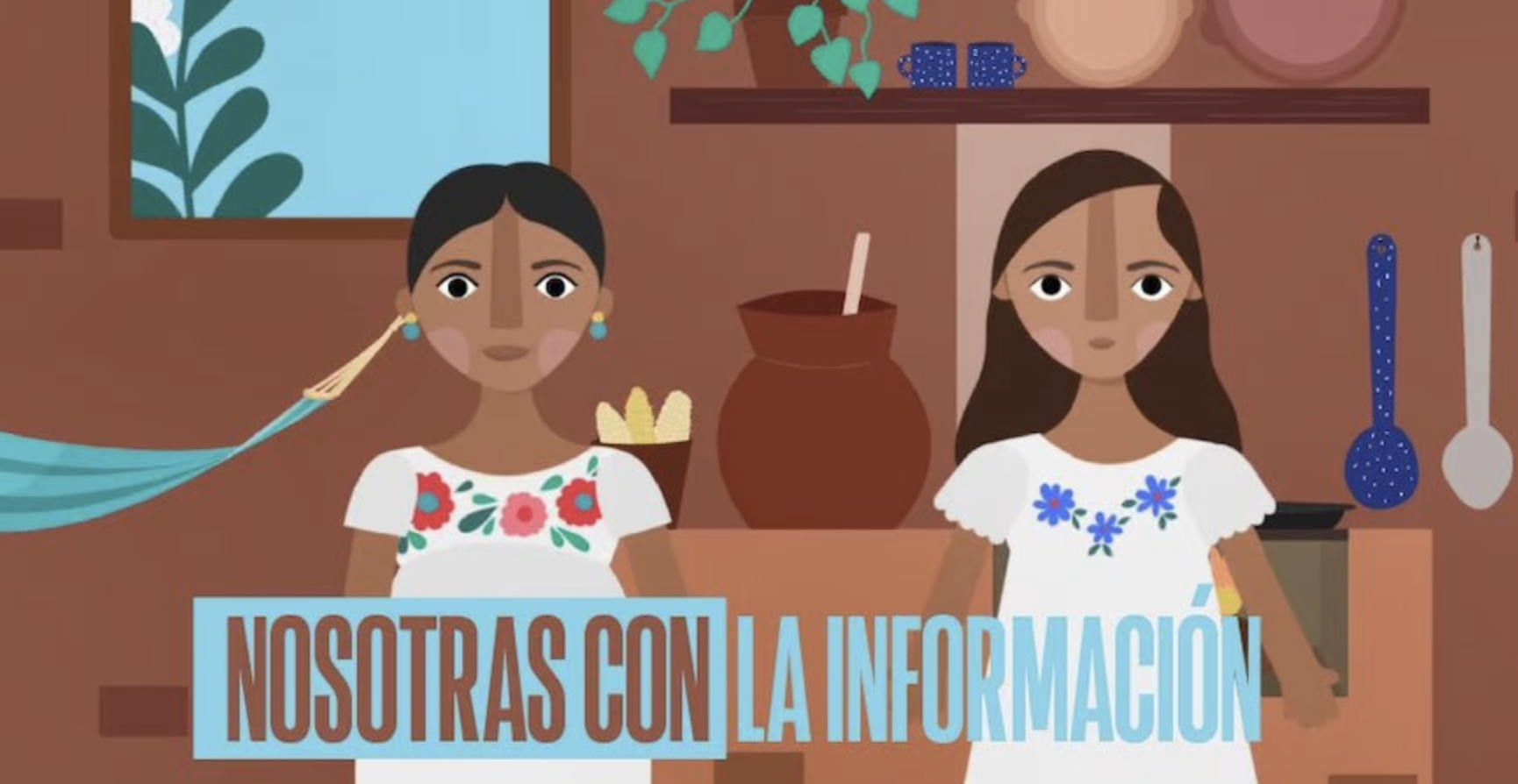
2015 | Sustainable Development Goals
ARTICLE 19 played a crucial role in getting the right to information included in the new Sustainable Development Goals, which included a specific target on ‘access to information’ and protecting ‘fundamental freedoms’ (including freedom of expression) under the goal relating to good governance.
This had been a major advocacy focus for ARTICLE 19 and our partners since 2012.
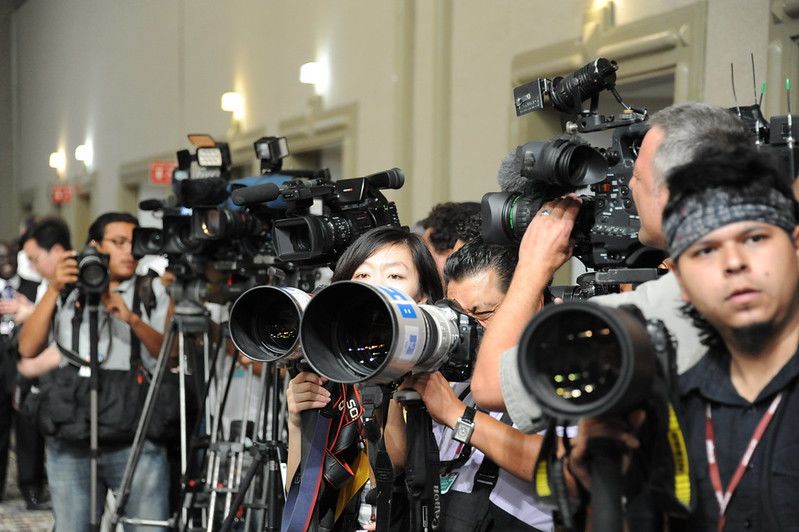
2016 | The safety of journalists
ARTICLE 19’s recommendations and advocacy contributed to all 47 members of the Human Rights Council adopting UN Resolution 33/2 on the Safety of Journalists – one of the Council’s strongest resolutions on freedom of expression.
This landmark resolution required states to release arbitrarily detained journalists, reform repressive laws, and protect digital security.
invisible line?!
2015–17
Measuring expression worldwide
invisible line?!
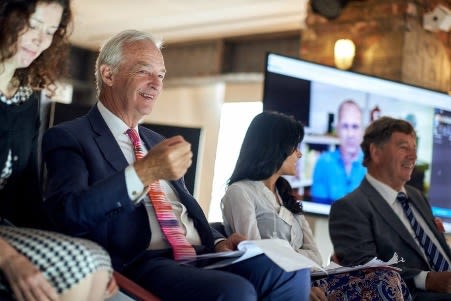
2015 | The Expression Agenda
ARTICLE 19 launched a new 6-year strategy, The Expression Agenda, which set out a vision of a world in which all people can freely express themselves and engage in public life without fear or discrimination.
Guided by 2 basic freedoms – the freedom to speak and the freedom to know – The Expression Agenda measured free expression across 5 core areas: Civic Space, Digital, Media, Protection, and Transparency.
And it incorporated ARTICLE 19’s new Mx Method, a cross-cutting approach to sex, gender, and sexuality that went on to inform every element of our work.
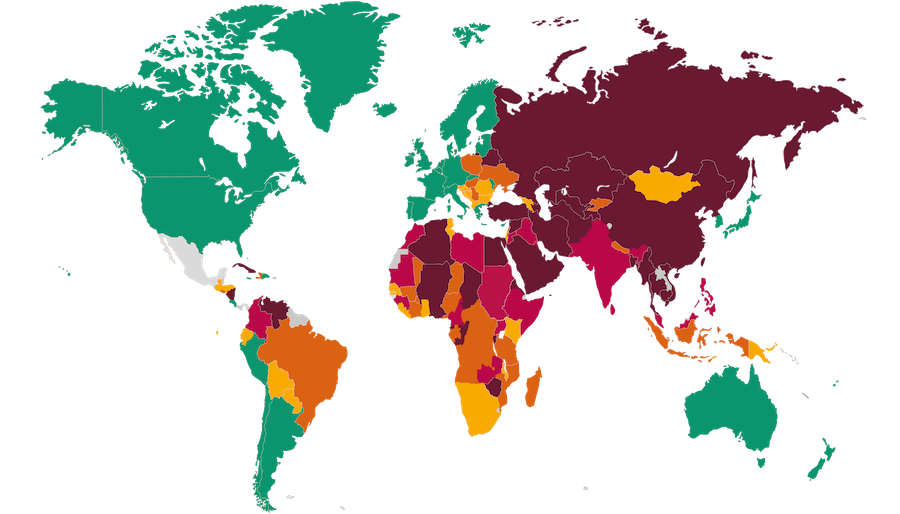
2017 | The Global Expression Report
We partnered with the V-Dem Institute to publish the first Global Expression Report, a comprehensive, data-driven look at the state of freedom of expression worldwide that scores countries from 1 to 100.
The Global Expression Report continues to be a vital tool to measure how much space there is for all of us to express and communicate, access the information we need, and hold the powerful to account.
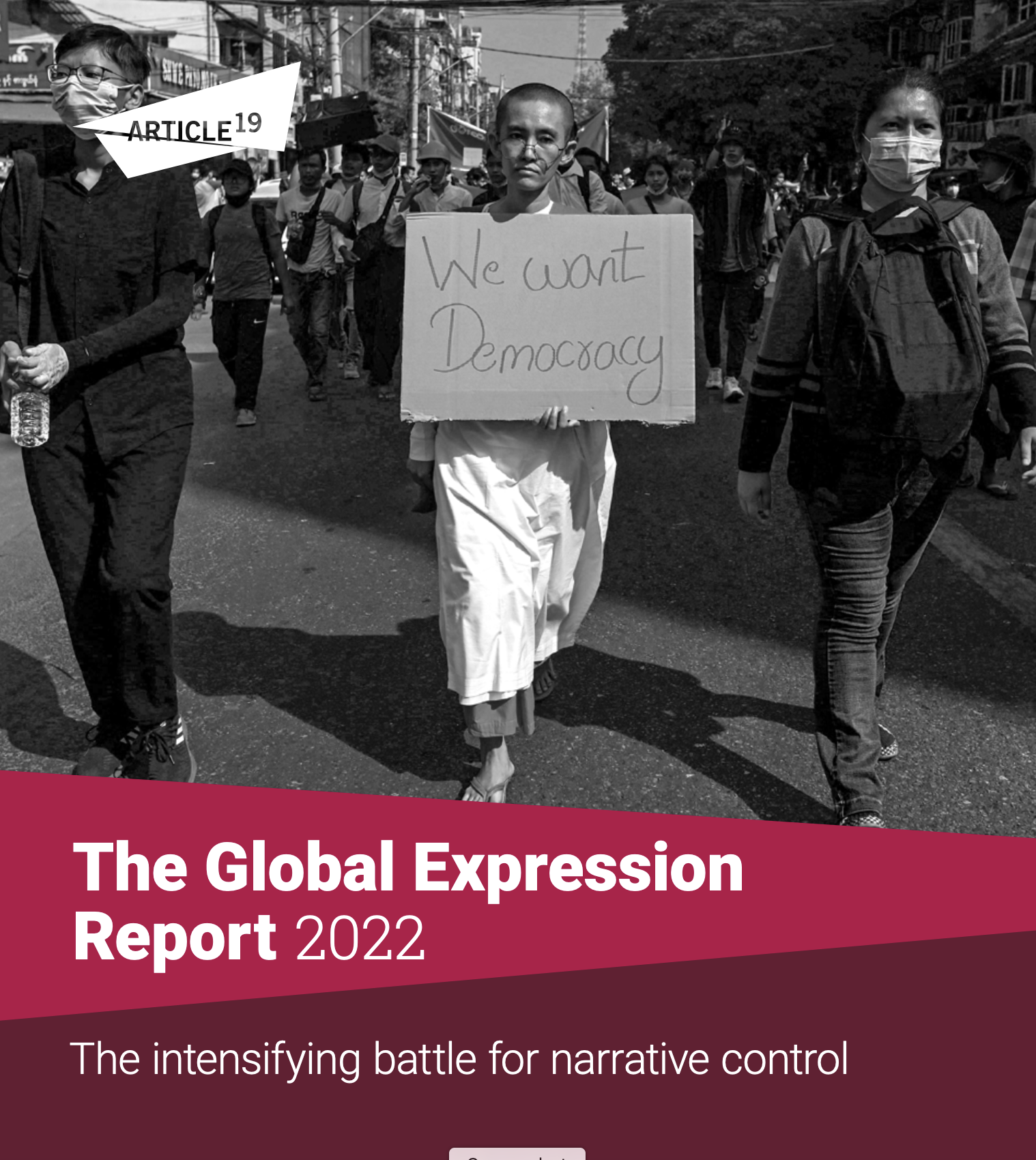
invisible line?!
2013–19
Freedom of expression in the digital age
invisible line?!
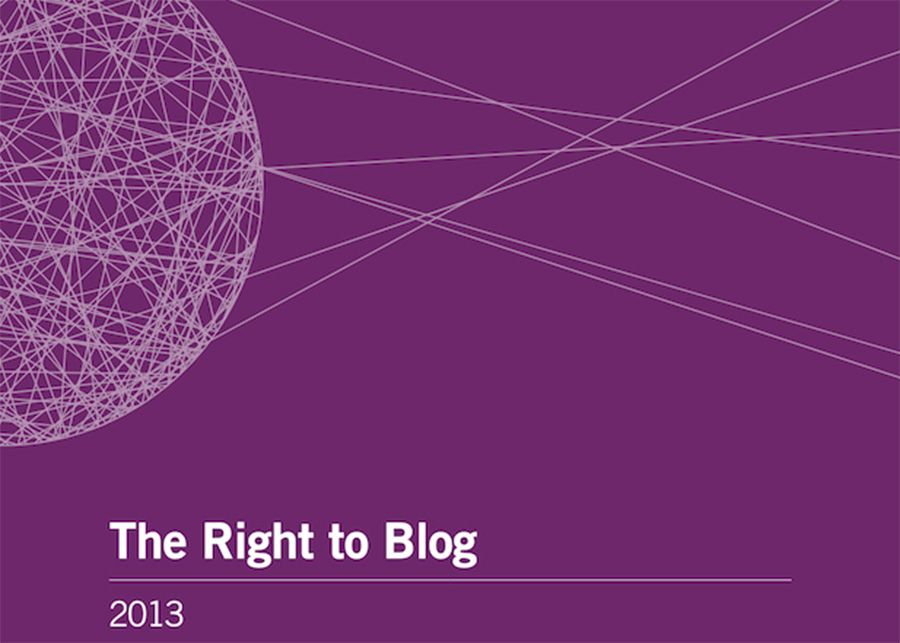
2013 | Freedom of expression online
ARTICLE 19 published policies on The Right to Blog, The Right to Share, and Internet Intermediaries, expanding civil society's understanding of freedom of expression online.

2014 | Human rights in internet infrastructure
Our pioneering work led to the establishment of human rights advisory groups in technical and standards-setting bodies like ICANN and the IETF.
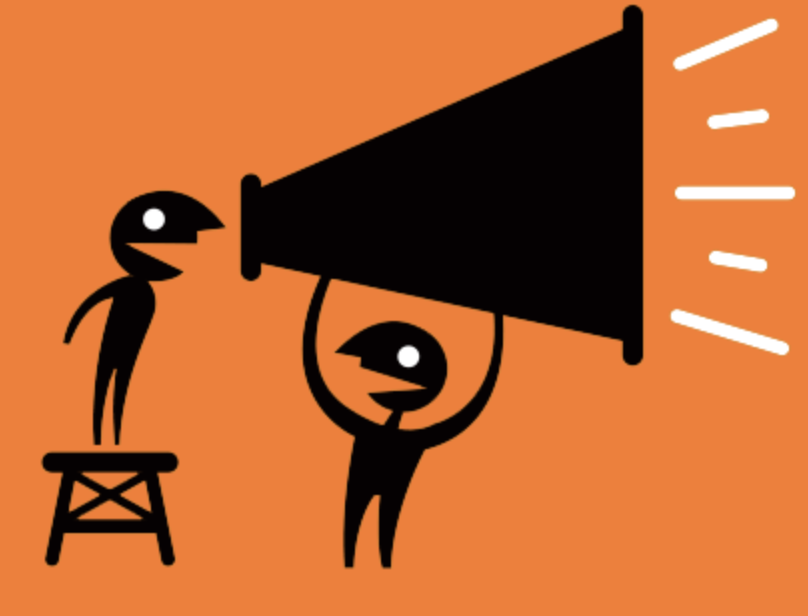
2015 | Manila Principles on Intermediary Liability
We were instrumental in developing The Manila Principles, which outlined clear requirements for content-removal requests and how to minimise the damage of content takedowns.
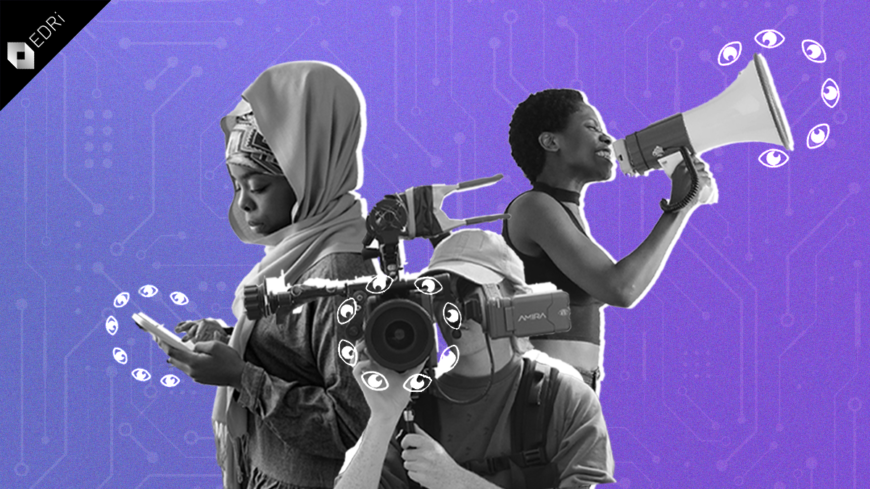
2017 | Freedom of expression and privacy
Our Global Principles on Protection of Freedom of Expression and Privacy provided a framework for respecting, protecting, and resolving tensions between the right to free expression and the right to privacy in the digital age.
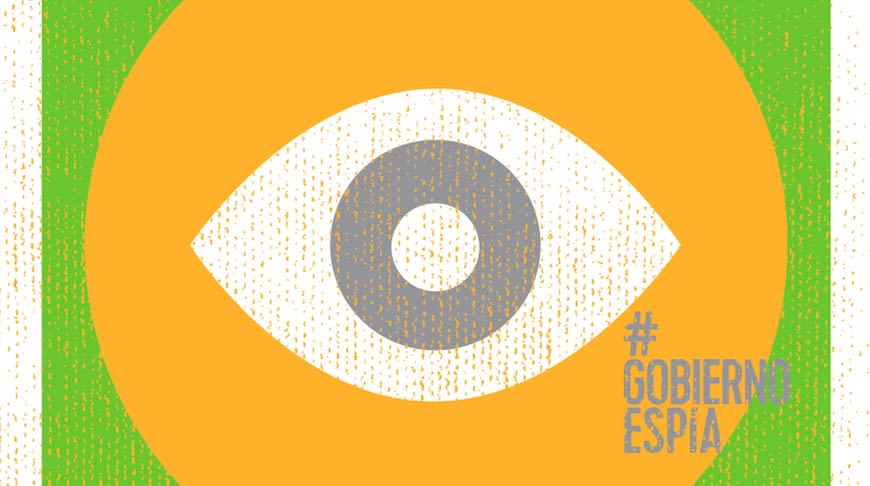
2017 | Pegasus spyware in Mexico
ARTICLE 19 and Citizen Lab revealed that at least 3 institutions in the Mexican federal government had bought and deployed Pegasus spyware to illegally surveil journalists, activists, and political opponents.

2019 | The right to be forgotten
The European Court of Justice followed our recommendation on the ‘right to be forgotten’ across the globe, preventing courts or regulators from one country from imposing their interpretations on internet users around the world.
2019 | Missing Voices
We closed the decade by launching #MissingVoices, a global campaign calling on social media platforms to be more transparent in their content-moderation decisions and allow users whose content had been removed to appeal decisions.
2016–19 | Defending the right to protest
The 2010s were a decade of protest: from the Arab Spring to #MeToo, Black Lives Matter to anti-austerity in Greece, Occupy Wall Street to protests in Mexico against journalists’ murders.
Social media became both a method of and a platform for protest – as well as a means for governments to restrict them.
And new opportunities to protect protesters’ rights emerged at the UN, the African Commission on Human and Peoples’ Rights, and the Council of Europe.
2016 | The Right to Protest Principles
Against this backdrop, and following broad consultation with civil society and international experts, ARTICLE 19 launched The Right to Protest Principles for use in national, regional, and international advocacy to improve protesters’ rights worldwide.
2016 | Protocol on police force in Mexico
That same year, ARTICLE 19’s advocacy resulted in the adoption of a landmark protocol on the police’s use of force during protests in Mexico City.
2019 | #FreeToProtest campaign
We launched our #FreeToProtest / #LivreParaProtestar campaign in Kenya and Brazil.
The campaign raised awareness of the right to protest, warned of restrictions that threatened that right, worked to destigmatise protest and protesters, and emphasised the positive social impacts of protest.
2020s
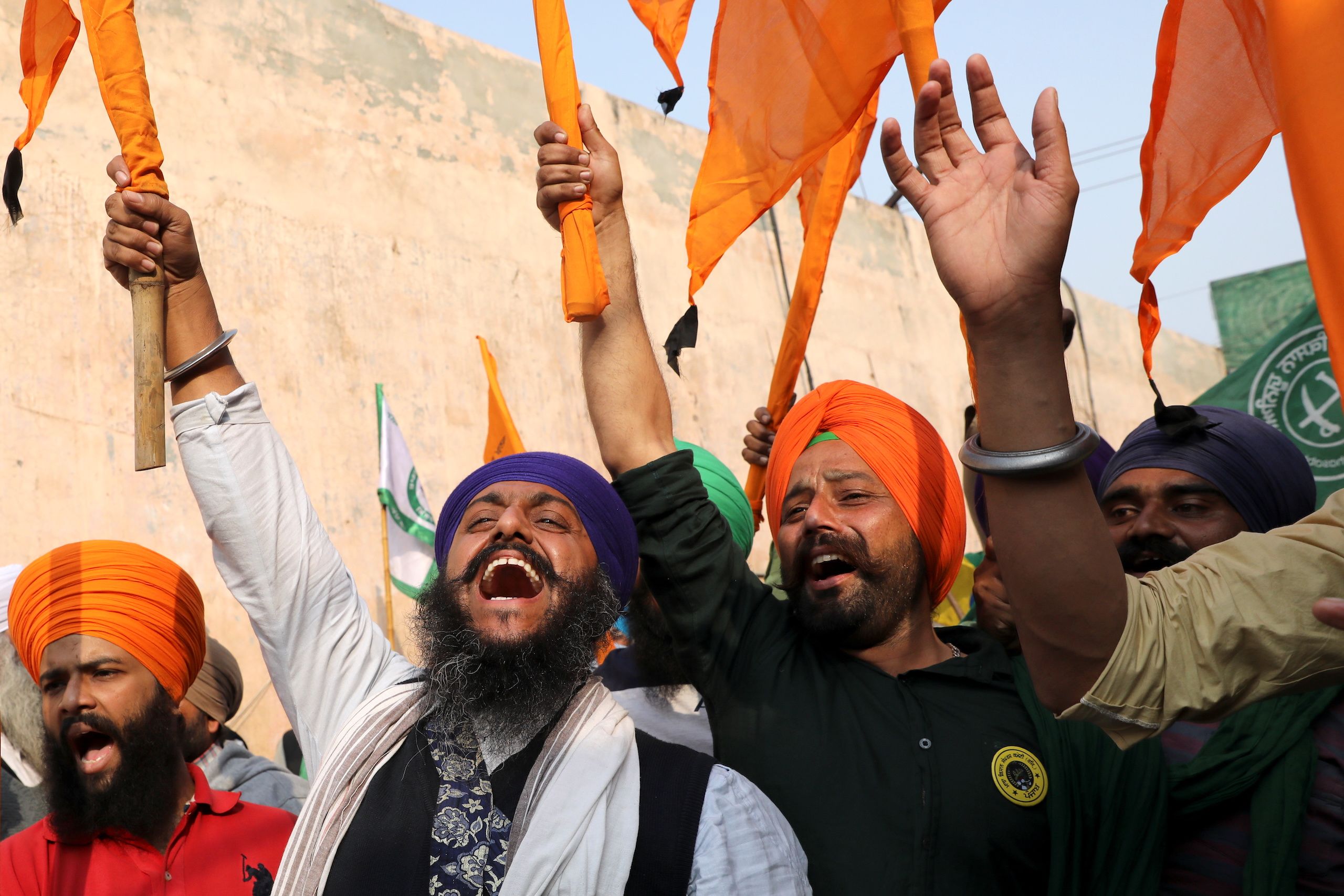
invisible line?!
2020–22
Onwards, upwards – and outwards
invisible line?!,
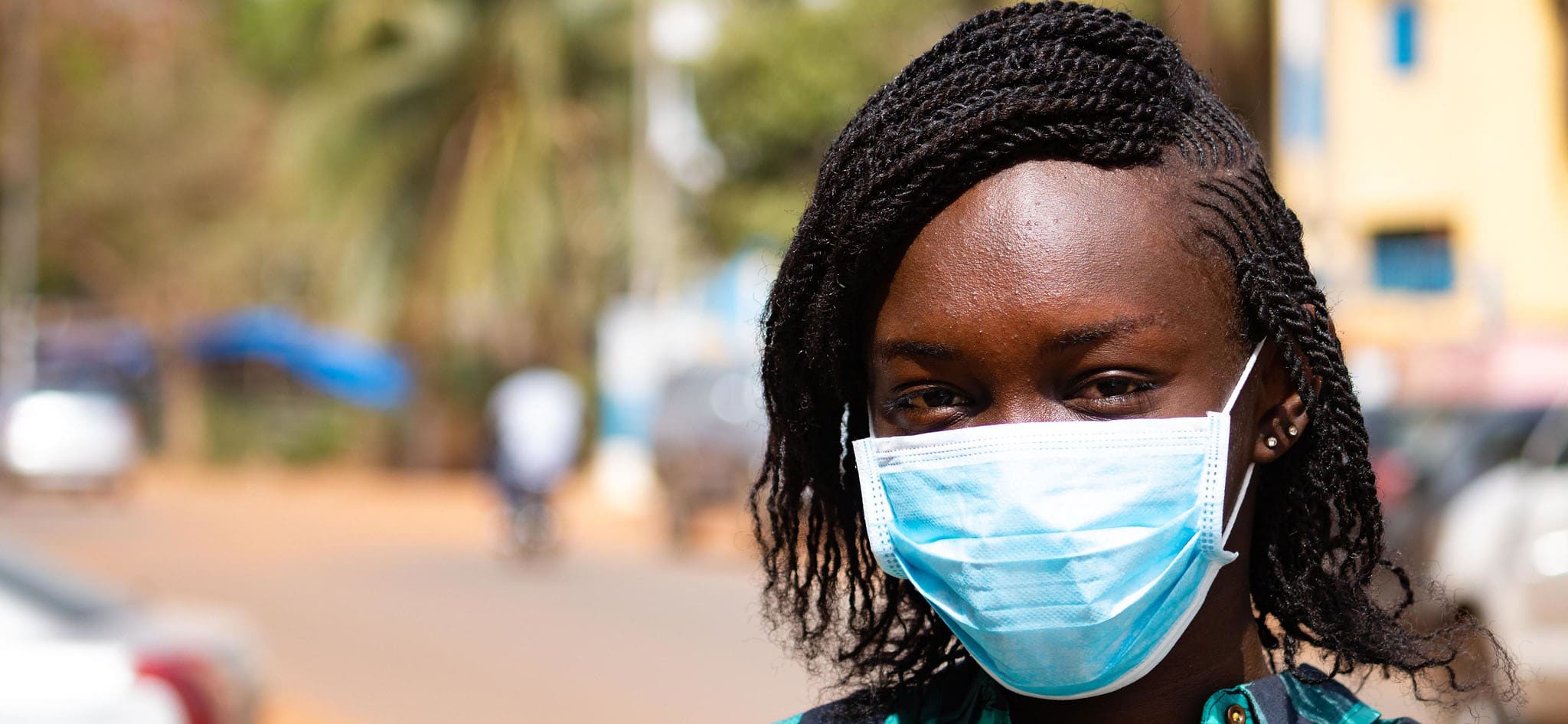
2020–21 | Combating Covid-19 through transparency
Many governments used the pandemic to suppress information, increase surveillance, implement unlimited states of emergency, and restrict the media.
ARTICLE 19 challenged these threats to freedom of expression around the world.
In May 2020, we issued a briefing on how transparency was fundamental to tackling Covid-19. As the pandemic rolled on and misinformation spread, we reported on government overreach and urged states to protect expression as part of their efforts to control the virus.
2020–22 | New digital frontiers
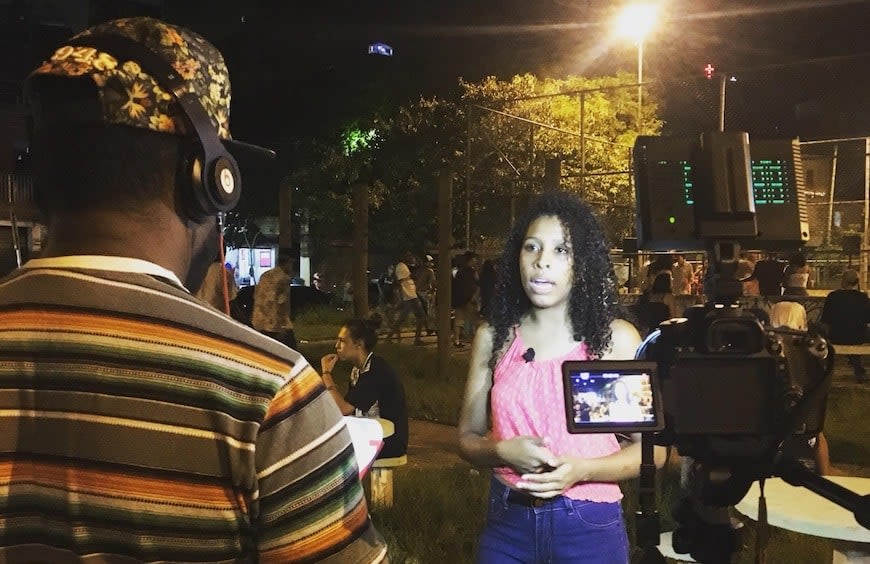
2020 | Online abuse of women journalists
ARTICLE 19 launched 3 briefings on how to tackle the growing problem of online harassment and abuse against women journalists.
We also contributed to a new OSCE guide setting out concrete actions that state and non-state actors could take to improve their safety.
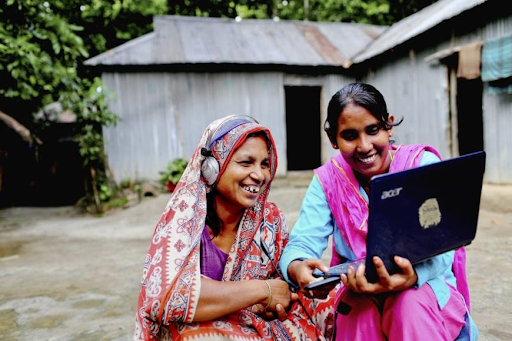
2021 | Connecting remote and rural communities
ARTICLE 19’s advocacy contributed to the ITU formally recognising the importance of community networks in providing last-mile infrastructure to rural and remote communities.
This was a significant win for digital inclusion.

2021 | The dangers of biometrics
When Bodies Become Data and Emotional Entanglement, shed light on the dangers of biometric surveillance in India, China, and beyond.
We also called for a ban on facial-recognition technology through the Ban The Scan campaign.

2022 | Taming Big Tech to protect expression
Our new policies, Watching The Watchmen and Taming Big Tech, set out a unique solution to tame the excessive power of the biggest social media platforms.
And we piloted a Social Media Council to oversee content moderation and improve platforms’ accountability.
2020–22 Are we #FreeToProtest?
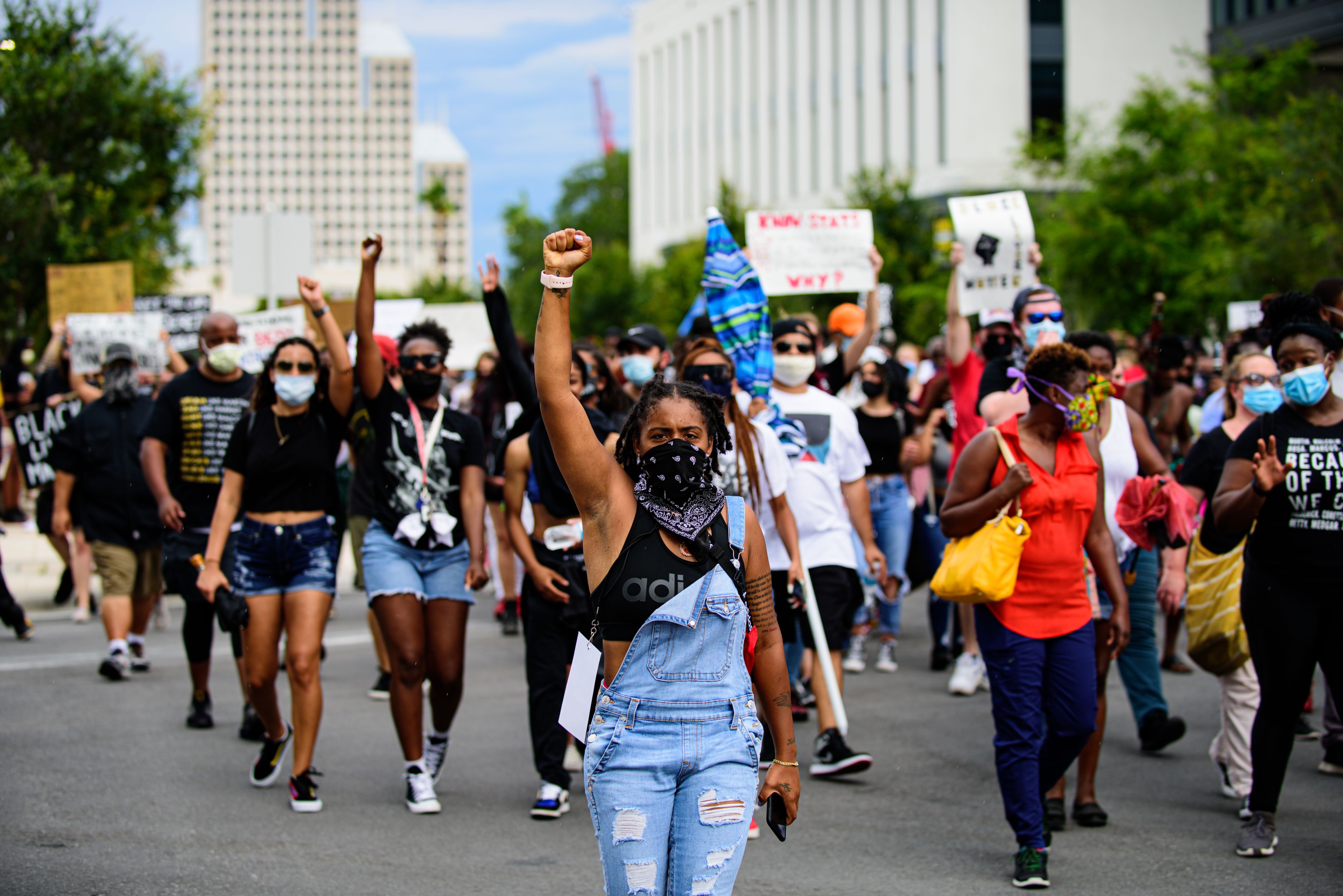
2020 | New UN guidance on the right to protest
After years of lobbying, ARTICLE 19’s recommendations on the right to peaceful protest were included in new guidance by the UN Human Rights Committee.
This guidance is a powerful tool that activists can use to understand their rights – essential as pushbacks against protest sweep the globe.
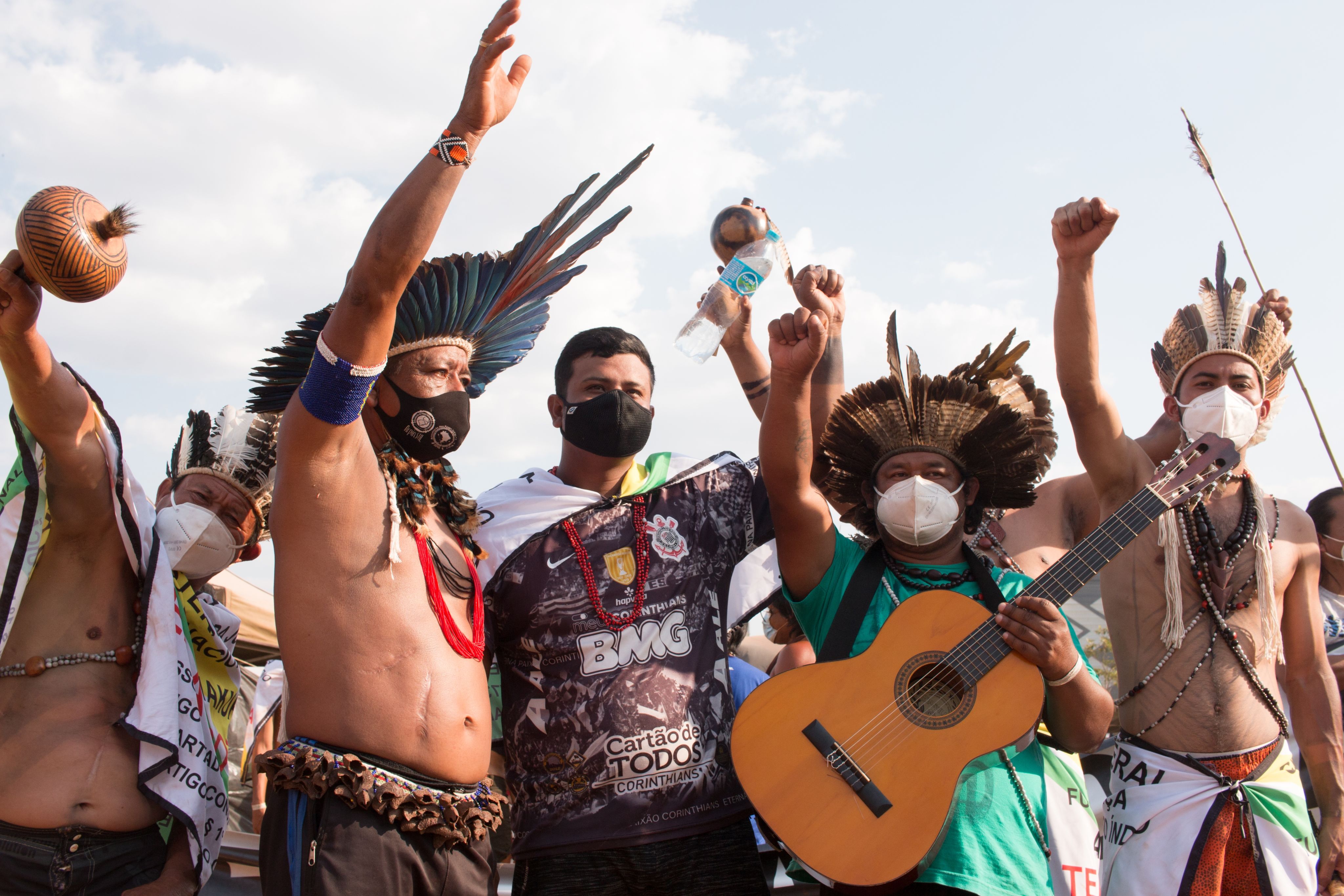
2021 | Escazu Agreement comes into force
The Escazu Agreement came into force in Latin America and the Caribbean. It is binding and includes an enforcement mechanism, making it a strong tool to protect environmental human rights defenders.
ARTICLE 19’s regional offices in Mexico and Brazil worked closely on its creation, development, and now enforcement.
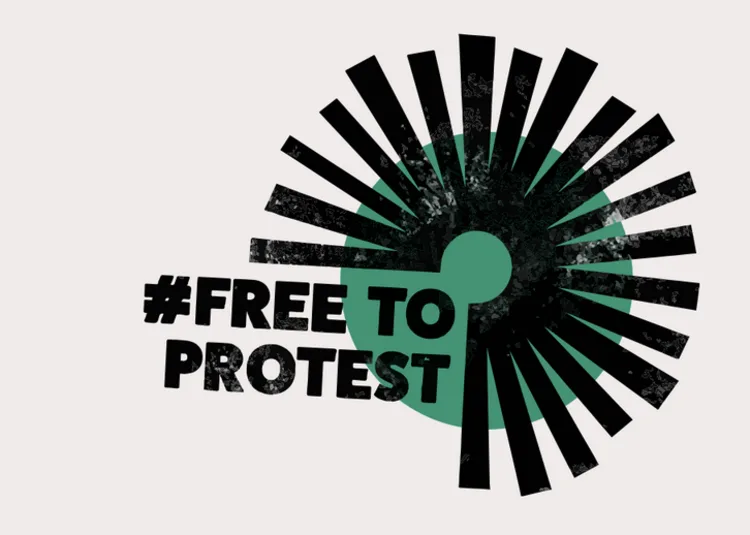
2022 | Phase 2 of #FreeToProtest
We are campaigning to ensure that all people, especially those who face discrimination, feel empowered to use their right to protest.
Over the next 4 years, we will call on police, media, and policy makers to end police brutality at protests, humanise protesters, and reform laws to make protest safer for everyone.
2021–22 | Podcasts on the most divisive debates of our time
ARTICLE 19 has launched two podcasts that delve into the most hotly debates aspects of freedom of expression: from the right to protest to fighting for basic freedoms under repressive regimes.
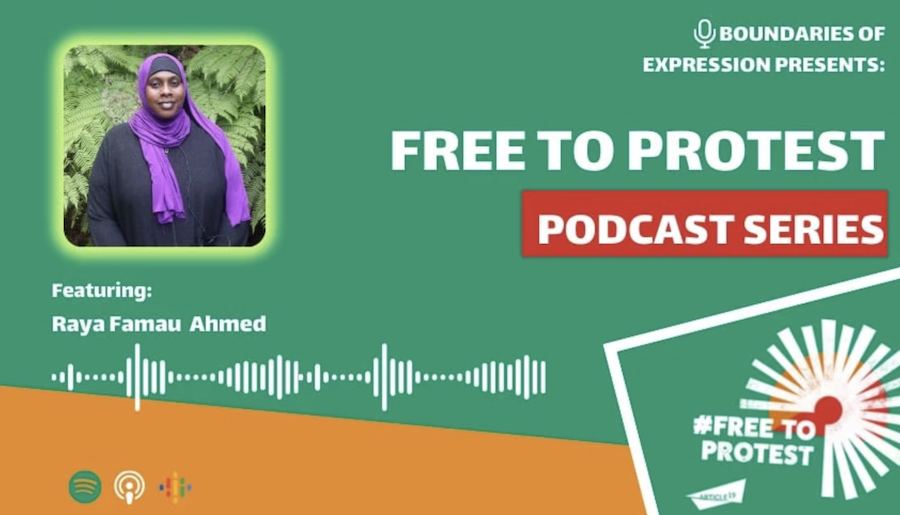
2021 | Boundaries of Expression
‘Boundaries of Expression’ delves deeply into freedom of expression issues with a panel of 3 expert guests.
The series explores the central debates surrounding topics like the right to truth, protest, privacy and surveillance.
Produced and presented by journalist and editor Jo Glanville, each episode is accompanied by a longform essay, released every 6 weeks.
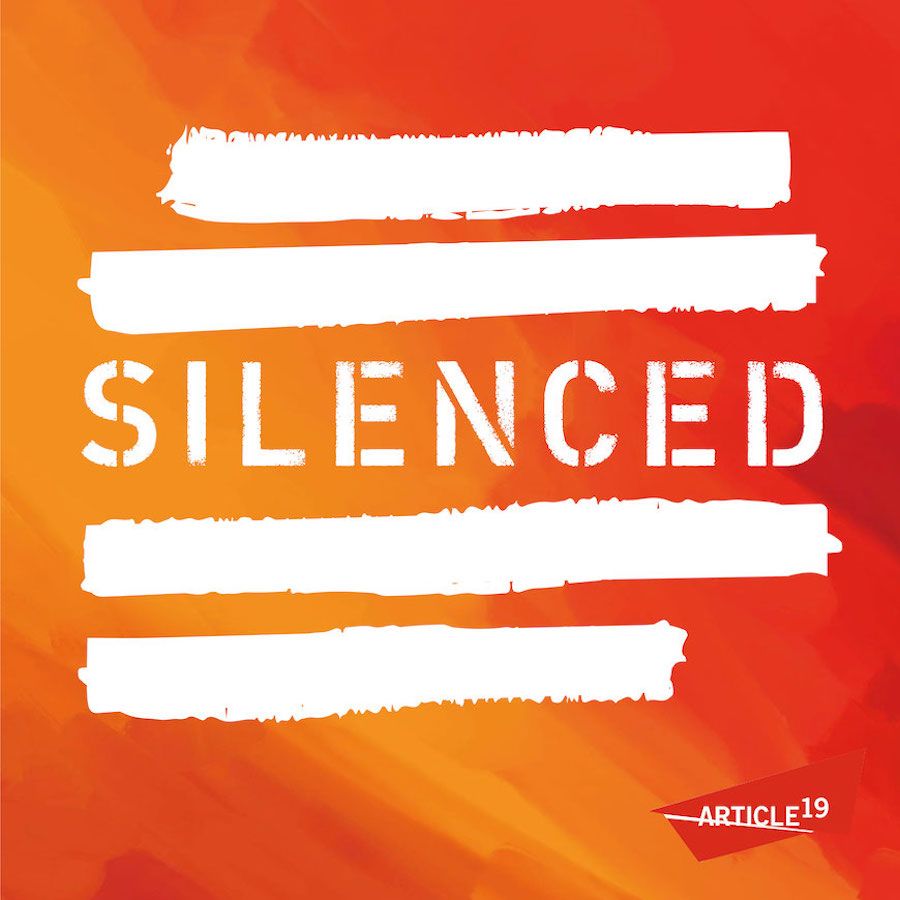
2022 | Silenced
Presented by Nicola Kelly and produced by Chris Hooton, ‘Silenced’ explores extraordinary real-life stories from journalists and activists around the world who have been arrested, detained, and murdered in their pursuit of truth.
‘a must listen ... giving voice to journalists and activists around the world who have been silenced by their governments.’
2022–26
The Power of Our Voices
Our new strategy, The Power of Our Voices, sets out how ARTICLE 19 will harness the experience, knowledge, passion, and tenacity of the free expression movement to build a world where everyone – everywhere – can realise the power of their voices.
And we will amplify those voices until they are too loud to be ignored.
Over the next 4 years, we will:
- Define a new digital era for freedom of expression
- Protect, empower, and connect silenced voices and dissent
- Advance law and policy to strengthen and protect expression
Now is the time to raise your voice.
Join us.
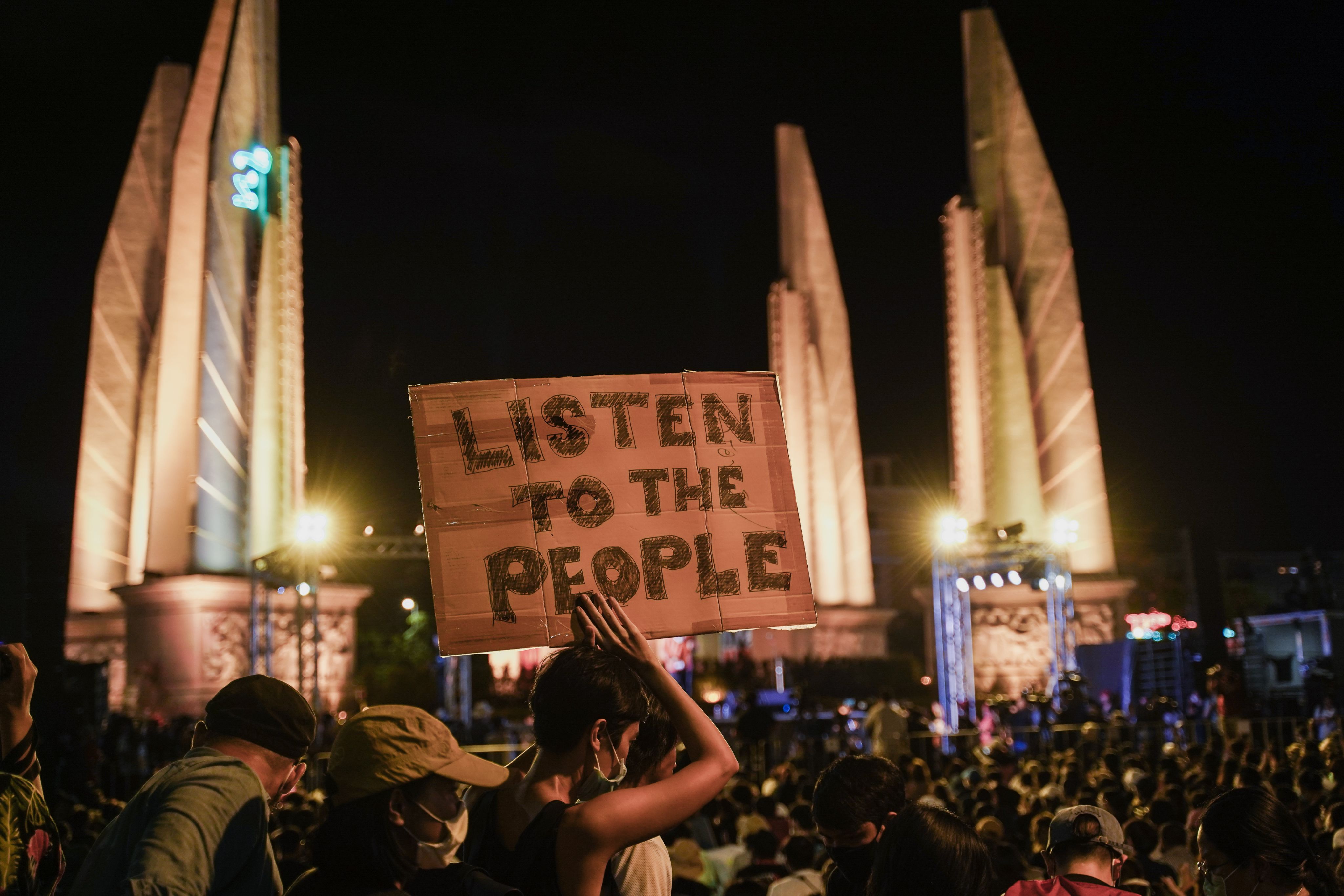
Defend expression with us.
Explore our impact
From freeing journalists to shaping country constitutions and monitoring free expression across 162 countries.
Support our work
Strengthen global systems to allow open, respectful, informed debate to flourish. Invest in expression today.
Join us
Amplify the voices of the silenced and learn more about our research, campaigns, and advocacy worldwide.
